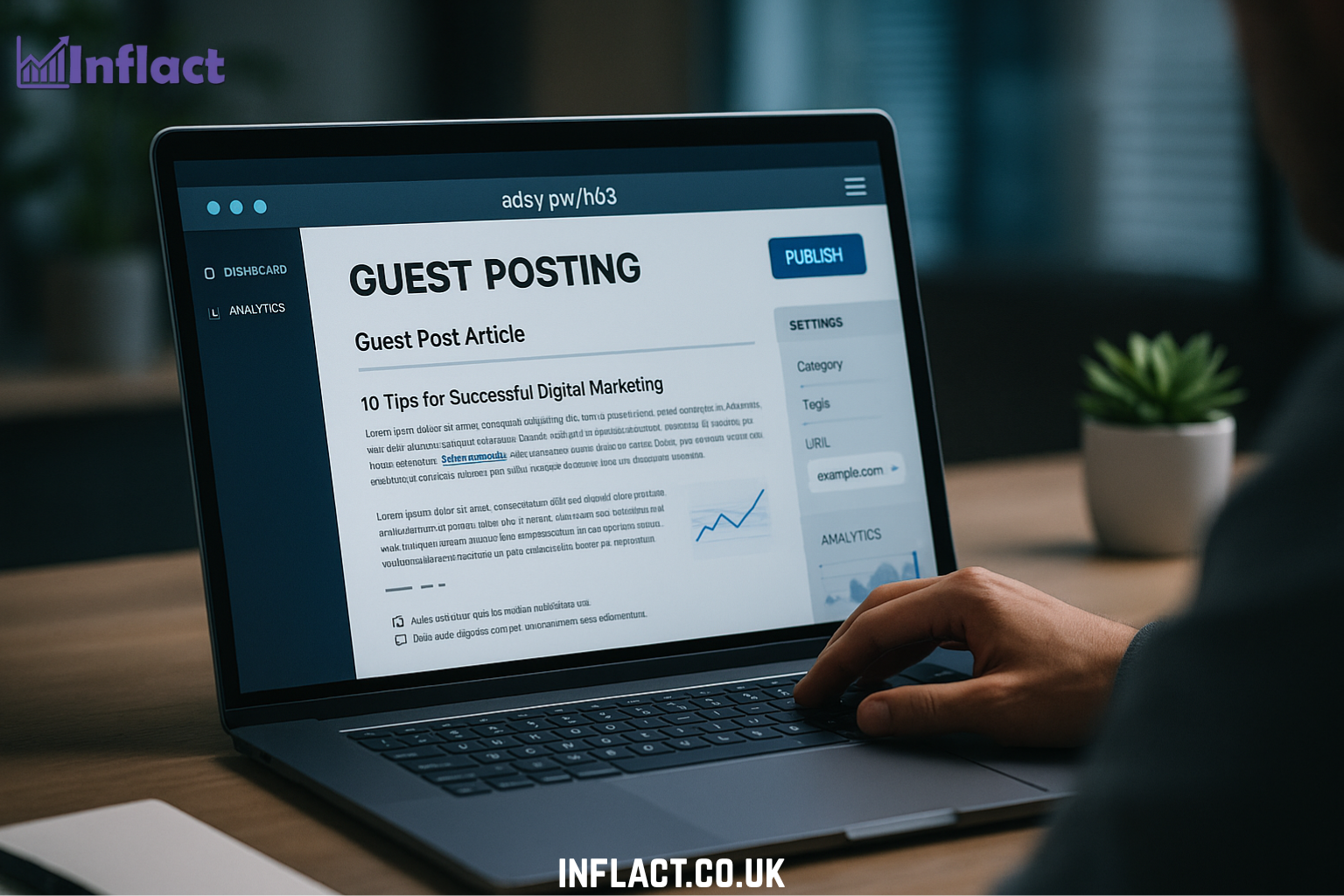Introduction
The marketing landscape has undergone seismic shifts over the past decade, but no change is more transformative than the rise of artificial intelligence. From predictive analytics to creative generation, AI is redefining how brands connect with consumers. For businesses striving to gain a competitive edge, AI Marketing represents not just a buzzword but a blueprint for sustainable growth. This article explores what AI marketing really entails, why it matters now more than ever, and how you can integrate it into your strategy without losing the human touch.
What Is AI Marketing?
AI marketing refers to the application of machine learning, natural language processing, and predictive modeling to automate and enhance marketing tasks. Unlike traditional automation, AI systems continuously learn from data, enabling them to improve performance in real time. Whether you’re personalizing email campaigns or optimizing ad placements, AI elevates each step by uncovering patterns too complex for human analysis alone.
Core Functions
- Data Ingestion and Analysis – AI tools process vast amounts of structured and unstructured data, identifying trends and customer segments with pinpoint accuracy.
- Predictive Analytics – Algorithms forecast customer lifetime value, churn risk, and purchase propensity, allowing marketers to allocate budgets more effectively.
- Dynamic Content Generation – Natural language generation (NLG) and computer vision can create tailored emails, social posts, and even banner ads at scale.
- Real-Time Optimization – AI engines adjust bids, creative assets, or website layouts instantaneously based on live performance signals.
Key Components of an AI Marketing Stack
Machine Learning Models
At the heart of AI marketing are supervised, unsupervised, and reinforcement learning models that classify behaviors, cluster audiences, and learn optimal actions over time.
Customer Data Platform (CDP)
A robust CDP unifies first-, second-, and third-party data, giving AI algorithms a single source of truth. Clean, consented data is non-negotiable for accurate predictions.
Automation Layer
This software layer triggers personalized messages, adjusts budgets, and deploys dynamic creative based on model outputs, freeing marketers from repetitive tasks.
Measurement Suite
AI-powered attribution models go beyond last-click to evaluate touchpoint contributions across channels, ensuring marketers can justify spend and refine strategies.
Benefits of AI Marketing
- Hyper-Personalization – AI tailors content and offers to individual preferences, elevating customer experience and conversion rates.
- Predictive Efficiency – By forecasting trends, AI prevents wasted ad spend and optimizes inventory, improving ROI.
- 24/7 Optimization – Always-on algorithms react to market changes faster than human teams, maintaining peak performance.
- Deeper Insights – AI surfaces non-obvious correlations, like how weather patterns influence purchase intent, guiding creative and strategic decisions.
- Scalability – Brands can expand campaigns without proportional increases in headcount, enabling profitable growth.
Implementation Roadmap
1. Set Clear Objectives
Define SMART goals—specific, measurable, achievable, relevant, and time-bound. Whether your target is a 20 % lift in email click-through rates or a 15 % reduction in customer acquisition cost, clarity ensures the right model is chosen and the correct metrics are tracked.
2. Audit Your Data
Evaluate data quality, volume, and compliance with regulations like GDPR or CCPA. Without clean data, AI outputs can be misleading or even harmful.
3. Choose the Right Tools
Select platforms that integrate with your existing tech stack. Key considerations include ease of use, scalability, vendor support, and the transparency of AI decision-making.
4. Start Small, Iterate Fast
Pilot AI in one channel—such as email subject-line optimization—before scaling across paid media, website personalization, and customer support chatbots.
5. Monitor and Refine
AI is not a “set-it-and-forget-it” solution. Continually review model performance, retrain algorithms with fresh data, and incorporate human oversight to ensure ethical and brand-safe outputs.
Challenges and Mitigation Strategies
| Challenge | Impact | Mitigation |
|---|---|---|
| Data Silos | Limits model accuracy | Implement a unified CDP |
| Algorithm Bias | Damages brand equity | Conduct fairness audits and diversify training data |
| Compliance Issues | Leads to legal penalties | Employ privacy-by-design frameworks |
| Talent Gap | Slows adoption | Upskill staff and leverage managed AI services |
Future Trends Shaping AI Marketing
- Generative AI for Creative Production – Tools like diffusion models will produce entire ad campaigns—copy, design, and video—within minutes, requiring marketers to focus on strategy and storytelling oversight.
- Emotion AI – Facial recognition and voice analysis will gauge customer sentiment during video calls and live streams, personalizing offers in real time.
- Autonomous Media Buying – Reinforcement learning agents will negotiate ad placements directly with publishers, optimizing for both cost and brand safety.
- Privacy-Enhanced Personalization – Federated learning and differential privacy techniques will enable individualized experiences without exposing raw user data.
- Sustainability Metrics – AI will calculate the carbon footprint of digital campaigns, allowing brands to optimize for eco-efficiency alongside traditional KPIs.
Balancing Automation with Human Creativity
While AI excels at pattern recognition and repetitive tasks, humans still lead in empathy, brand voice, and ethical judgment. The most successful organizations foster collaboration between data scientists, creatives, and strategists, ensuring AI serves as a force multiplier rather than a replacement.
Conclusion
AI marketing is no longer experimental—it’s essential. By combining machine learning insights with human ingenuity, brands can deliver experiences that are timely, relevant, and effective. Yet success depends on a disciplined approach: set clear objectives, maintain pristine data hygiene, choose adaptable tools, and uphold ethical standards. As AI matures, marketers who embrace its capabilities today will be poised to captivate tomorrow’s customers and drive sustainable growth in an increasingly competitive digital world.




